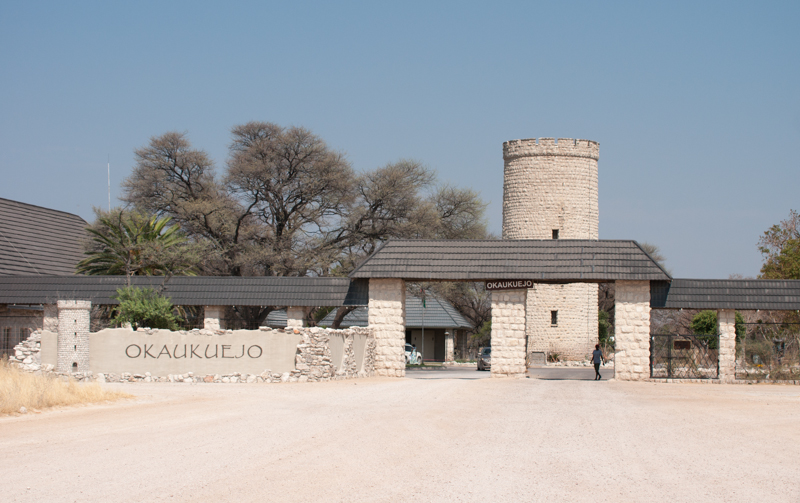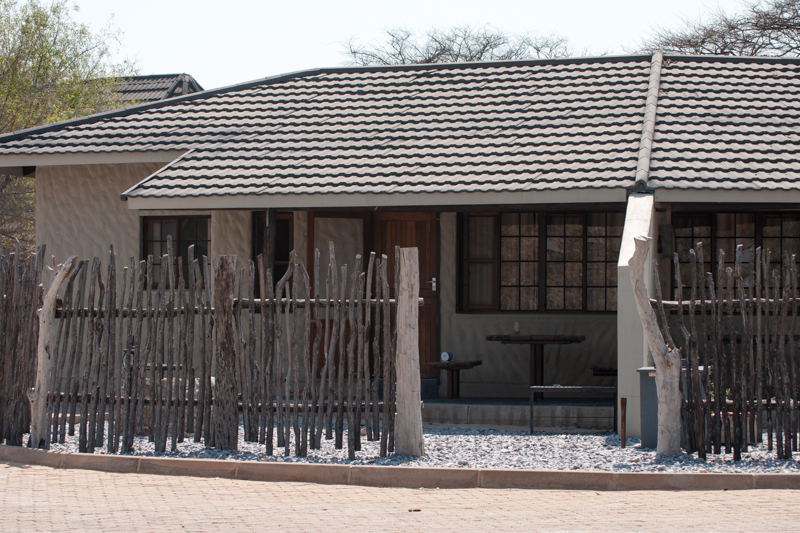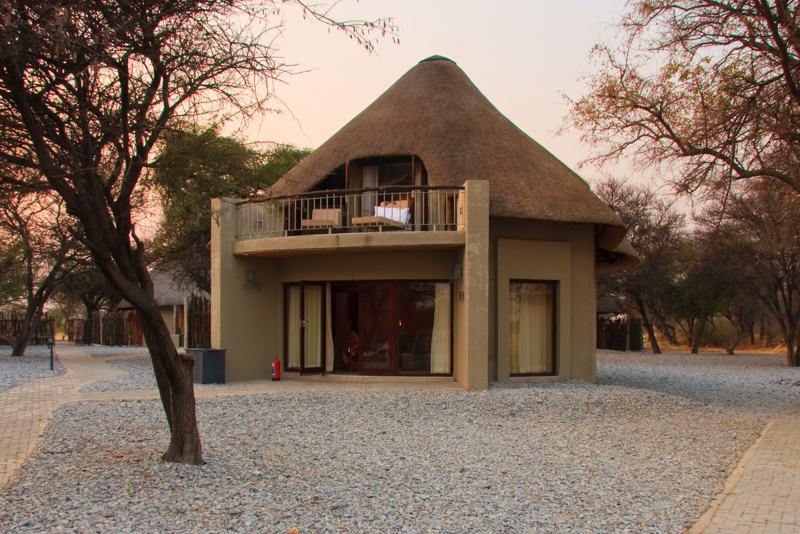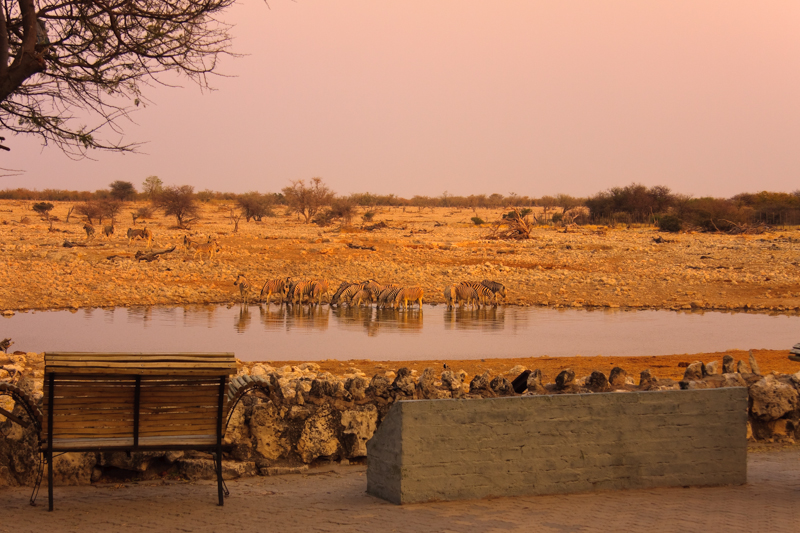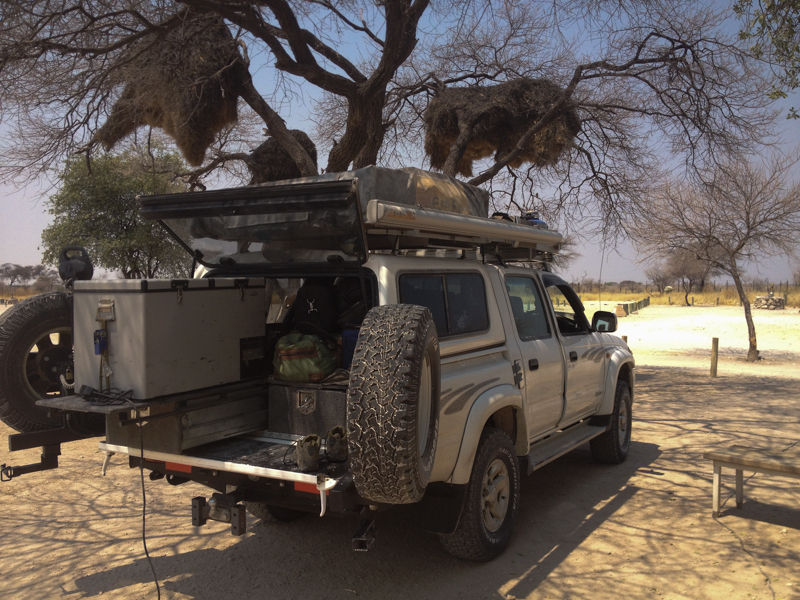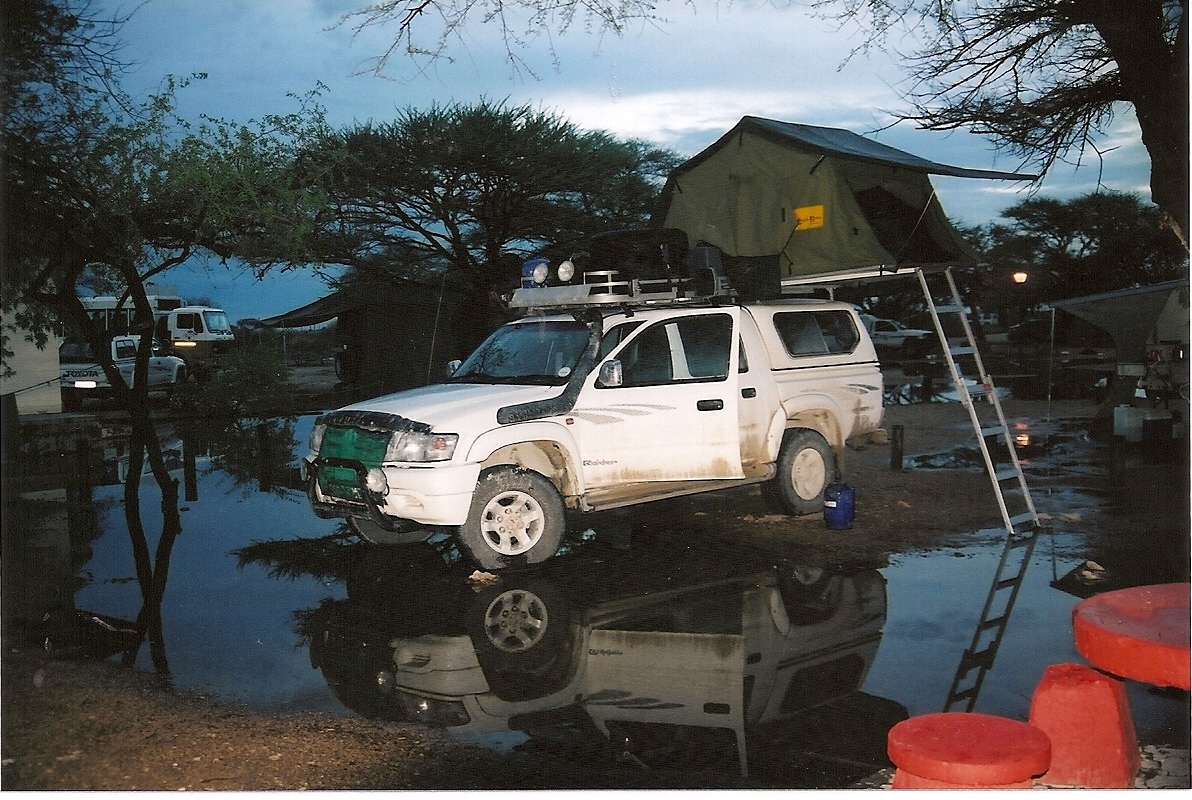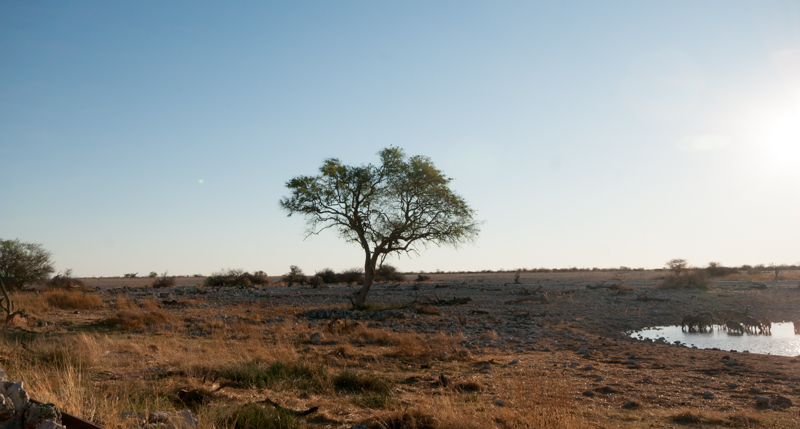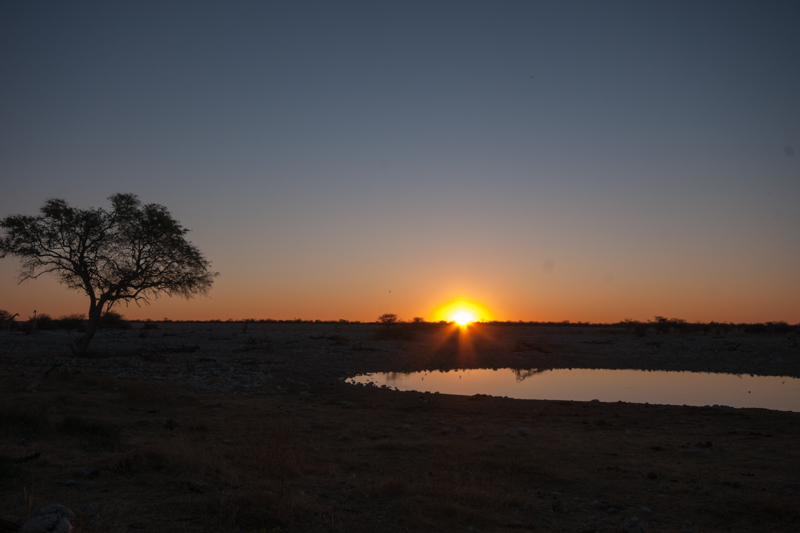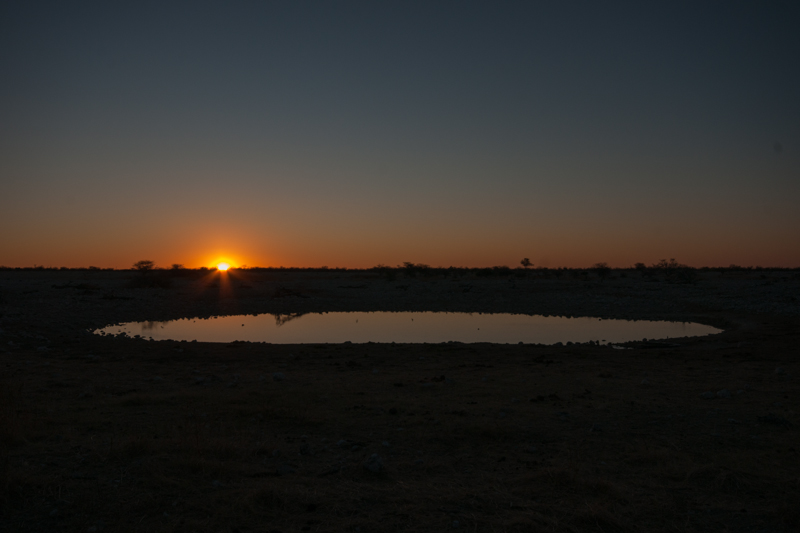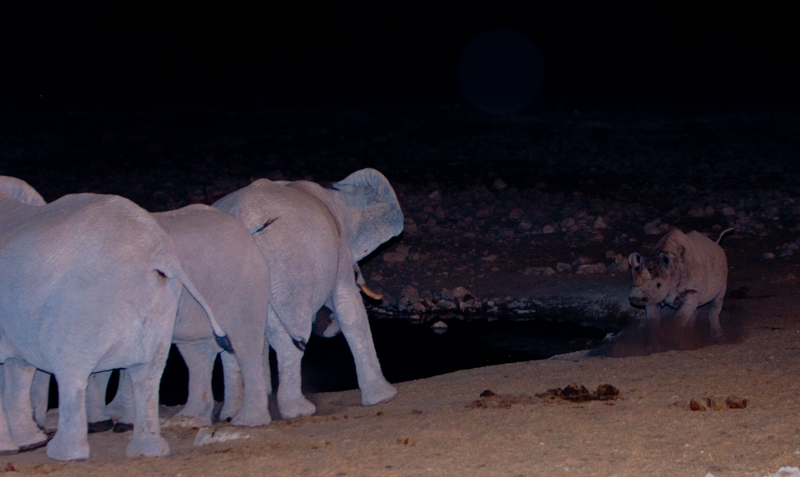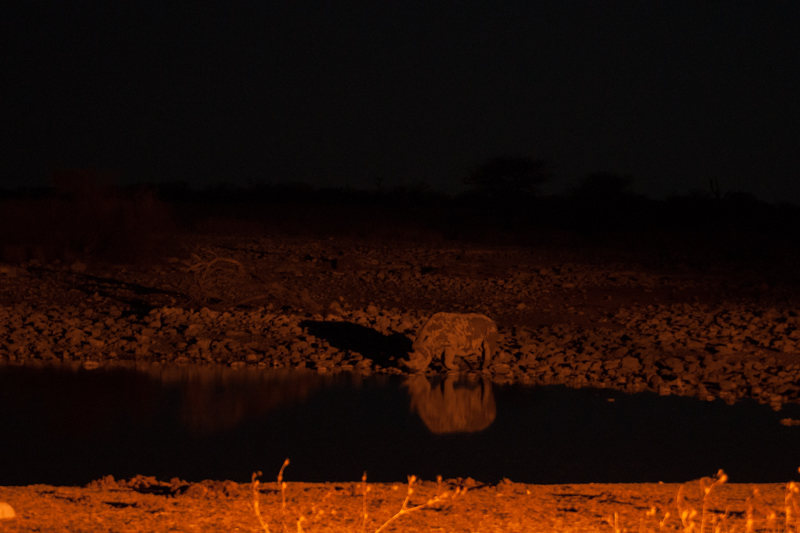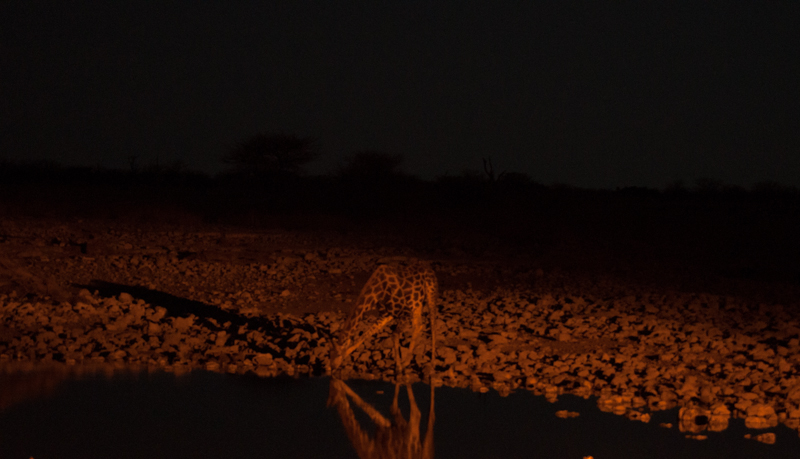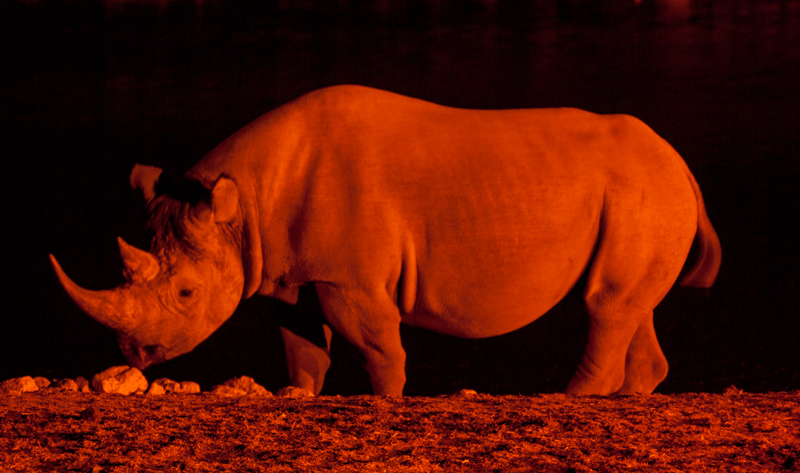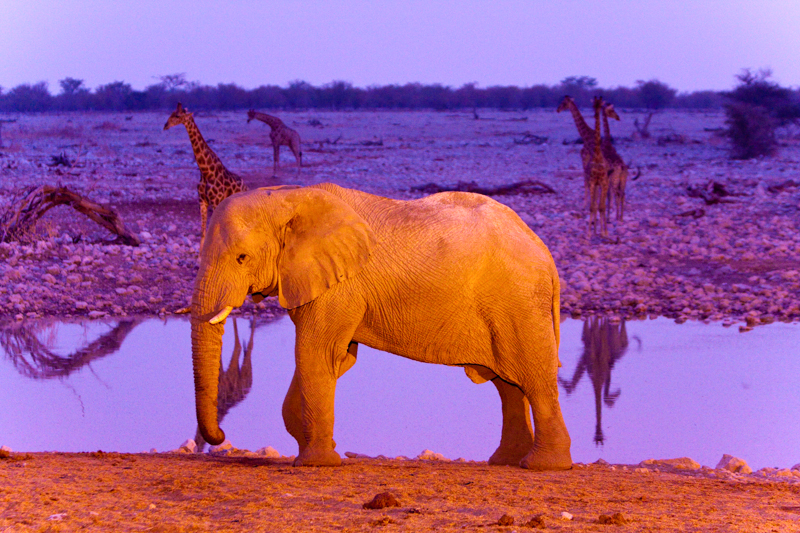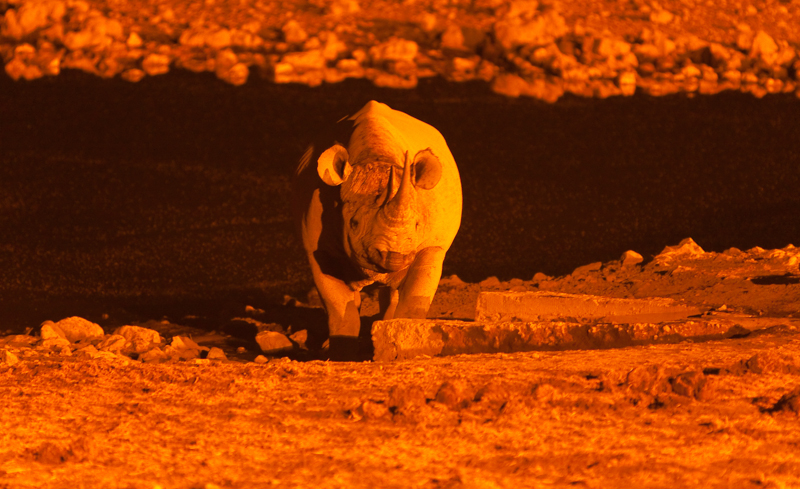Page 19 of 28
Re: Years of visits to this diverse place
Posted: Sun Apr 20, 2014 10:34 am
by Tina
beautiful pictures


Is this a living museum?
Re: Years of visits to this diverse place
Posted: Sun Apr 20, 2014 3:01 pm
by Kesheshe
Lets move on from people to another place some of you may have been to.
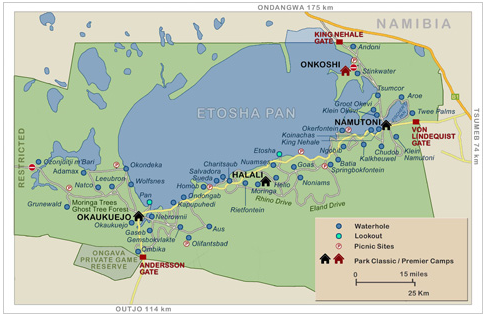

The first Etosha map below shows the three main camps; Okaukuejo in the West, Halali in the centre, Namutoni in the East plus the upmarket Onkoshi camp to the north, as well as the waterholes and tourist roads in Etosha National Park.
The distances between camps are as follows:
Namutoni to Onkoshi - 40 kilometers
Namutoni to Halali - 70 kilometers
Namutoni to Okaukuejo - 140 kilometers
Halali to Okaukuejo - 70 kilometers
Okaukuejo to Dolomite - 160 kilometers
The speed limit in the park is 60 kilometers per hour. We suggest travelling at 40 kilometers per hour as this will enable you to see more animals, so allow at least two to three hours to get from one camp to the other. Okaukuejo to Dolomite will take at least half a day if not more.
Now with the new Dolomite camp opening in the previously restricted far western part of Etosha you have the option of starting you trip by arriving at the Galton Gate or driving to Dolomite from Okaukuejo.
NB: The new Galton Gate Route through Western Etosha officially opened for all tourists on the 28th February 2014. This means any visitor can now enter Galton Gate, not just residents staying at Dolomite Camp.
Etosha National Park is one of Southern Africa's finest and most important Game Reserves. Etosha Game park was declared a National Park in 1907 and covering an area of 22 270 square km, it is home to 114 mammal species, 340 bird species, 110 reptile species, 16 amphibian species and, surprisingly, one species of fish. The Etosha Park is one of the first places on any itinerary designed for a holiday in Namibia.
Etosha, meaning "Great White Place", is dominated by a massive mineral pan. The pan is part of the Kalahari Basin, the floor of which was formed around 1000 million years ago. The Etosha Pan covers around 25% of the National Park. The pan was originally a lake fed by the Kunene River. However the course of the river changed thousands of years ago and the lake dried up. The pan now is a large dusty depression of salt and dusty clay which fills only if the rains are heavy and even then only holds water for a short time. This temporary water in the Etosha Pan attracts thousands of wading birds including impressive flocks of flamingos. The perennial springs along the edges of the Etosha Pan draw large concentrations of wildlife and birds.
Re: Years of visits to this diverse place
Posted: Sun Apr 20, 2014 3:05 pm
by Kesheshe
We have visited this park for nearly 20 years and have seen significant change over that time some good and some bad but it still keeps attracting us back. We are visiting again this year for 11 days.
We normally travel from East to West to east but for this report we will go from West to East.
A San legend about the formation of the Etosha Pan tells of how a village was raided and everyone but the women slaughtered. One woman was so upset about the death of her family she cried until her tears formed a massive lake. When the lake dried up nothing was left apart from a huge white pan.
The game viewing in Etosha National Park is excellent, the best time being from May to September - the cooler months in Namibia. Visitors to Etosha Game Reserve can expect to see many buck species, elephant, giraffe, rhino and lions. More fortunate visitors will see leopard and cheetah. There is a network of roads linking the five camps and subsidiary roads lead to various waterholes.
When it was originally proclaimed at the turn of the century the Etosha Park consisted of an area of 100,000 square kilometres. This was the largest reserve on earth but in the 1960's political pressure resulted in the Park being reduced to its current size.
Traditionally visitors to Etosha had a choice of three rest camps - Namutoni, Halali and Okaukuejo. Each camp has tourist facilities such as a restaurant, a shop (selling only basic goods), a motor garage for fuel and basic repairs, and a swimming pool, as well as various grades of accommodation and camping facilities. September 2008 heralded the opening of Onkoshi Camp a brand new lodge inside Etosha - this was the first development inside the park in several decades and offers an environmentally friendly luxury experience. Accommodation options inside the park where further increased with the opening of the Dolomite Camp in the previously restricted western Etosha.
Three of the five camps have floodlit waterholes, the exceptions being Dolomite and Onkoshi Camps. Of these three, two provide excellent night game viewing. Rhino and elephant are often seen at the waterhole at Okaukuejo. The waterhole at Halali has the reputation of attracting leopard and visitors who spend the whole night here will probably see one. However, Namutoni waterhole is rivalled by the artesian springs of Klein Namutoni and Koinachas, so fewer animals frequent it compared to Okaukuejo and Halali. Onkoshi Camp has unparalleled views over the eastern Etosha Pan which attract thousands of flamingos and other water birds during the rainy season. Dolomite Camp boasts some of the highest concentrations of wildlife in the park, notably Hartmann's zebra which does not occur in the eastern section. Non-resident visitors to Etosha, i.e. those residing at one of the many private lodges and hotels around Etosha, can only visit Okaukuejo, Halali and Namutoni for rest, recreation, and refuelling. Facilities at Dolomite and Onkoshi Camps are for the exclusive use of their residents.
The dominant vegetation in Etosha is Mopane (Colophospermum mopane) or Omusati in a local language, and it is so widespread in the north-west of Namibia that a region in Owambo is named after it. The western areas of the park support mainly mopane scrub, whereas there are extensive woodlands of tall trees in the southern parts of the Halali area as well as in the camp. One of the most spectacular trees in the park is the African moringa, (Moringa ovalifolia) or ghost tree. There is a specially fenced off area, some 30km west of Okaukuejo, to help preserve this unique and to some, grotesquely shaped trees, known as the haunted forest . This is an unusual habitat for the moringa, as they normally occur on hillsides and they grow in a variety of weird shapes, and as many of the trees have several trunks emerging from a swollen base, they are often mistaken for baobabs, but are not related to them. The second most common species in Etosha is the red bushwillow, (Combretum apiculatum), and is known locally as Kudubusch (German) or koedoebos (Afrikaans), aptly named because kudu and other game species browse the nutritious leaves, whilst rhino consume entire branches and elephant prefer the bark.
Many guests choose to stay at lodges outside the park boundaries, there are several reason for this with one of the most compelling being that the quality of accommodation and service is generally higher here than at the camps within the park. Another popular option amongst visitors to this part of Namibia is to use a combination of the privately owned establishments along with a few nights inside the park - allowing them to experience the best of both worlds. Many of these privately owned establishments offer private game drives, either in their own game reserves or in Etosha Park itself.
The main entrance to the park is called the "Andersson Gate" situated near Okaukuejo in the south. The eastern entrance is called the "Von Lindequist Gate" and is near Namutoni. The new "Nehale lya Mpingana Gate" gate, (King Nehale Gate) was opened at the beginning of 2003 in the north-east.
Re: Years of visits to this diverse place
Posted: Sun Apr 20, 2014 3:30 pm
by Kesheshe
Re: Years of visits to this diverse place
Posted: Sun Apr 20, 2014 3:38 pm
by Kesheshe
Re: Years of visits to this diverse place
Posted: Sun Apr 20, 2014 5:41 pm
by Lisbeth
The waterhole unit looks very nice, much nicer that your "private" camping waterhole

Re: Years of visits to this diverse place
Posted: Sun Apr 20, 2014 6:02 pm
by nan
Re: Years of visits to this diverse place
Posted: Mon Apr 21, 2014 6:43 am
by Kesheshe
Lisbeth - it really can bucket down and the group is so hard it creates mini dams all over the place and the wind can be strong.
Nan those units have a direct view over the waterhole. We treated ourselves and stayed there once but would not do it again.
Re: Years of visits to this diverse place
Posted: Mon Apr 21, 2014 6:53 am
by Kesheshe
Re: Years of visits to this diverse place
Posted: Mon Apr 21, 2014 7:01 am
by nan
nice face to face

and love Black Rhino





